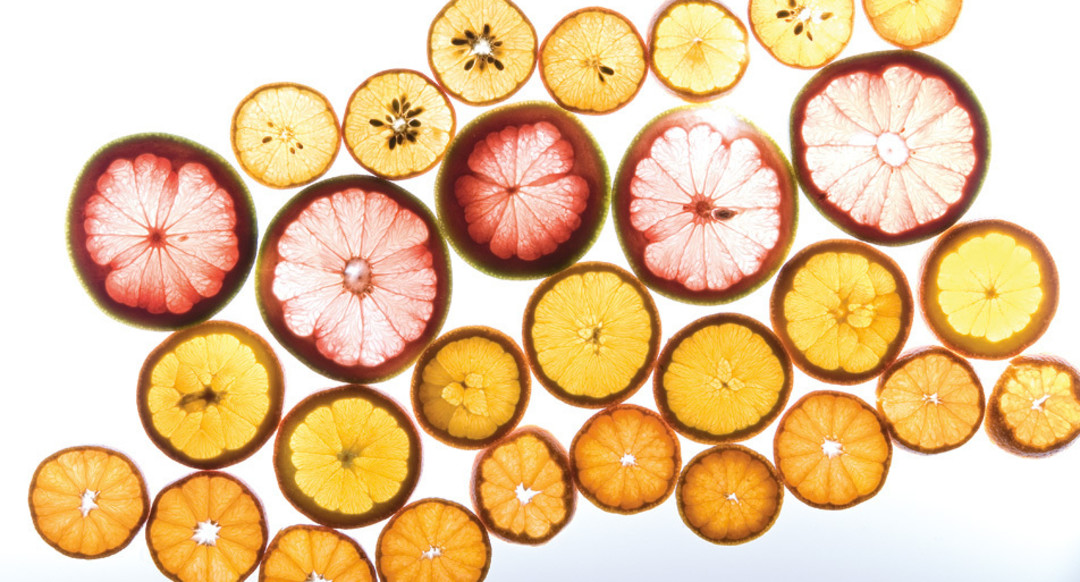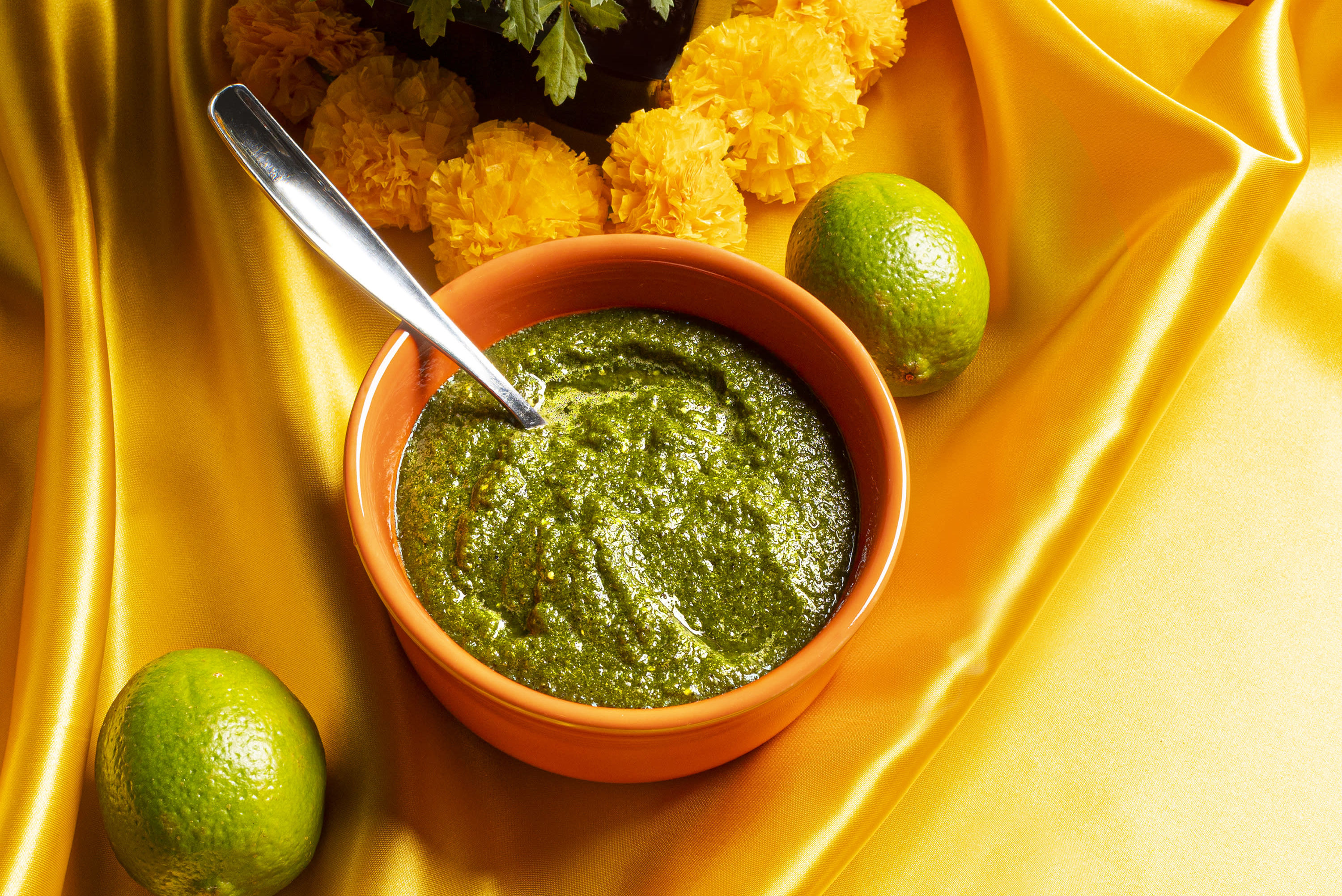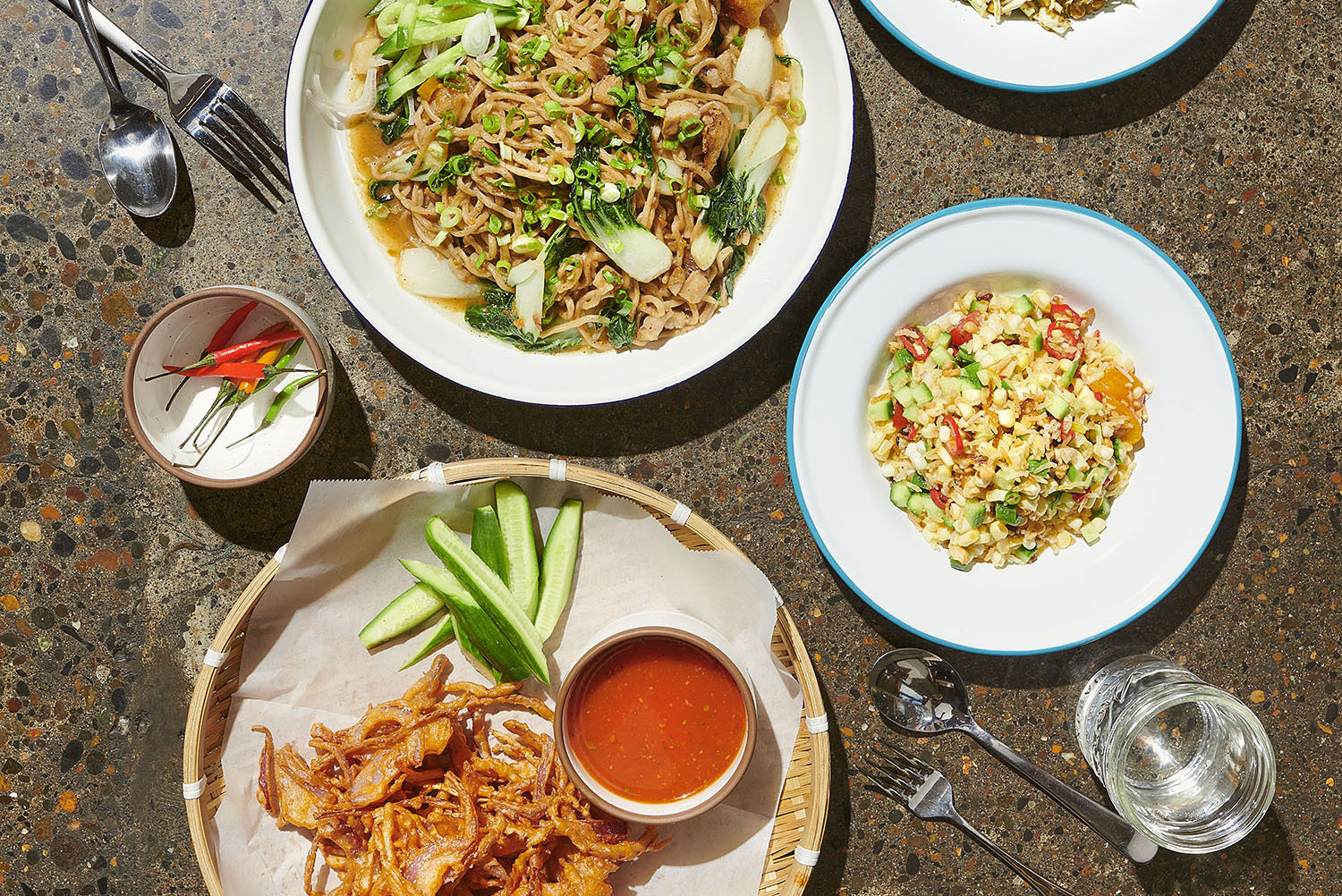Citrus Maximus

Image: Tom Oliver
BY THE DEAD of winter, we’ve all had our fill of root vegetables, and a culinary vacation is definitely in order–say, right to the center of a juicy orb of sweet citrus. As luck would have it, January is peak citrus season down south, which means produce aisles across the city are stocked full of petite satsumas and toothsome clementines. Lest their surface similarity lead you to think that all varieties of this 2,000-year-old fruit are created equal, this guide peels back the idiosyncratic allure of the oranges, mandarins (also known as tangerines), kumquats and grapefruits you’re likely to see this month.
Should you grow tired of picking at your navels (and eating them straight), David Machado, owner of Lauro and Vindalho restaurants, offers a pairing of olives and blood oranges, a classic salad that will transport you to the Mediterranean–a welcome culinary vacation indeed.
ORANGES
Navel: The flesh of the common navel–the result of a random mutation in 1820 (supposedly at a monastery) in Brazil–offers a mix of sweet and sour inside a soft, orange-colored skin. This is the most common orange on grocery store shelves. The lesser known cara cara, or red navel, from Venezuela, has a rich red pulp, is low in acidity and typically tastes much sweeter.
Blood: These European delicacies are often described as the connoisseur’s citrus because of their unique, dark-red flesh and sweet, tart and bitter flavors. Two of the most popular varietals are the moro, which is more acidic, and the tarocco, which tends to be sweeter.
Sour: Some of the most overlooked citrus are sour varieties such as the seville and the bergamot. The seville constitutes a key component in marmalade, whereas bergamot oil appears in everything from Earl Grey tea to perfume. If you’re feeling blue this winter, the bergamot rind is commonly used in aromatherapy for treating depression.
MANDARINS
Clementine: For its small size, it possesses big flavor: rich, sweet with light acidity and very few seeds.
Page: This sweet bomb of a mandarin is considered one of the finest mandarins available, and it has a beautiful red-and-orange skin.
Satsuma: If you have trouble peeling citrus, break into a small, sweet, seedless satsuma. The orange skin practically falls off the fruit when it’s ripe.
KUMQUATS
The only citrus that can be eaten whole, kumquats–the name means "gold orange" in Chinese–offer a uniquely complex combination of sweet, sour and bitter, with floral undertones. Popular varieties include the nagami, which has a sweet skin and bright, sour flesh, and the meiwa, which is larger, rounder and plumper, with a much sweeter flesh.
GRAPEFRUIT
Pomelo: These large fruits are said to bring good luck and prosperity. They have an incredibly thick yellow peel, either white or pink flesh, and taste quite mild.
Oro blanco: These "sweeties," as they are often called, boast pale yellow, tender, juicy and very sweet flesh–the least bitter of the grapefruit family.
Flame: Its skin is smooth and yellow, but the tender flesh sports a dark pink blush and is perfect for juicing.

Blood Orange, Olive, and Mint Salad
INGREDIENTS
1 tbsp sherry vinegar
1 tbsp blood orange juice
4 tbsp extra virgin olive oil
½ tsp orange flower water
1 small Belgian endive
½ small, thinly sliced Bermuda onion
1 blood orange
6-8 black oil-cured olives
1 tbsp finely chopped mint
(1) In a bowl, whisk together sherry vinegar, blood orange juice, extra virgin olive oil orange flower water. Set aside.
(2) Dress the leaves of Belgian endive and Bermuda onion with half the vinaigrette.
(3) Arrange the endive and red onion on a chilled plate.
(4) Top with the peeled, sliced rings a blood orange, olives, and mint.
(5) Drizzle the remaining vinaigrette over the salad and serve. Serves 2.




